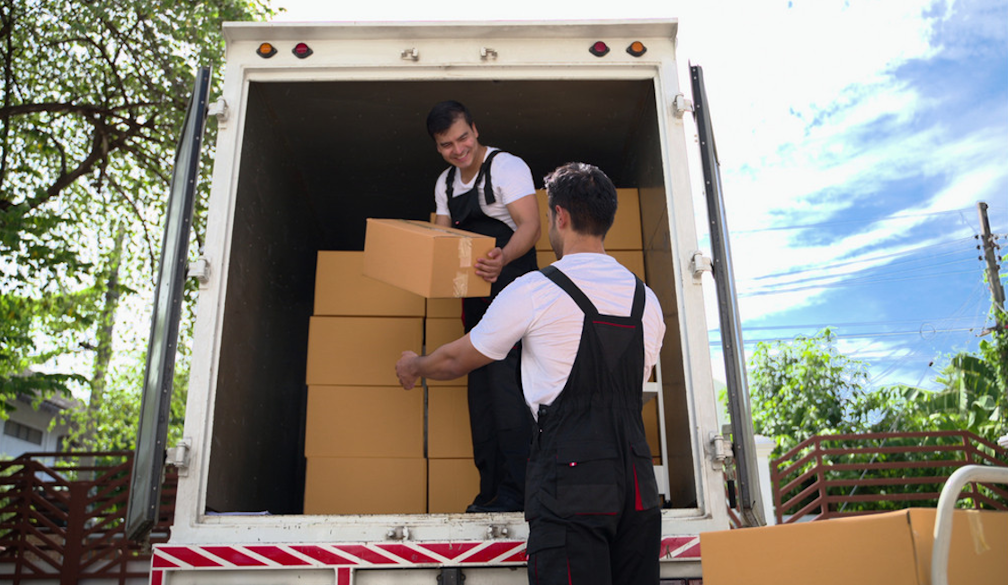3 Moving Company Tips for First-Time Homeowners in Australia
- Written by Auzzi Shopping

Moving into your first home in Australia is exciting but can also feel overwhelming. Between packing, coordinating logistics and managing the emotional side of leaving a familiar space, it’s easy to feel stressed. Hiring a professional moving company can simplify the process, making it more manageable and ensuring that your belongings arrive safely. Understanding a few key strategies before the move can help first-time homeowners prepare effectively and reduce unnecessary hassle.
Choosing the Right Furniture Mover
Selecting a reputable furniture mover is one of the most important steps in a successful relocation. Large items like sofas, beds and dining tables can be difficult to transport safely without the right expertise. A skilled mover has the experience and equipment to handle these items efficiently, preventing damage and injury during the move.
It’s worth taking the time to research local options, read reviews and request quotes before committing. Many Australian moving companies offer flexible packages that can be customised to suit your needs. By hiring a professional furniture mover, homeowners gain confidence knowing that heavy and fragile items will be managed properly, giving peace of mind during a busy transition.
Protecting Kitchen Cabinets During a Move
One area that often gets overlooked during a move is the kitchen. Kitchen cabinets can be particularly vulnerable, especially if they contain delicate doors, drawers or glass panels. Careful planning and preparation are essential to may help manage scratches, chips or structural damage.
Before the move, remove any detachable items and secure doors and drawers with tape or straps. Label boxes clearly to indicate fragile contents. When working with a moving company, communicate your concerns about kitchen cabinets so they can apply extra care. Professional movers often use protective coverings and padding, ensuring these key areas of your home arrive in excellent condition. Taking these precautions helps preserve the integrity of your kitchen and reduces stress once you begin settling in.
Planning With Your Moving Company
Effective communication with your moving company can make all the difference for a smooth transition. Discussing timelines, access points, and any potential challenges ahead of time ensures that the moving process is efficient. Experienced companies can advise on how to pack specific items, offer guidance on moving large furniture and provide tips to avoid common pitfalls.
In Australia, moving conditions can vary depending on the city, suburb, or distance. By coordinating with your chosen company early, you can schedule the move for a time that works for one of the best and ensure all necessary equipment is available. This proactive approach minimises delays, reduces stress, and allows first-time homeowners to focus on settling into their new space rather than dealing with unexpected complications.
Moving into a first home is a major milestone, and proper preparation is key to making it a positive experience. Working with a trusted moving company, hiring an experienced furniture mover, and taking extra care with areas like kitchen cabinets ensures that belongings are transported safely and efficiently.
By planning ahead, communicating clearly and investing in professional support, first-time homeowners in Australia can enjoy a smoother, less stressful move. Every step taken to protect valuable items, streamline logistics and coordinate with professionals contributes to a more organised transition. With the right approach, moving into your new home becomes an exciting and manageable process, allowing you to settle in comfortably and focus on creating lasting memories.

